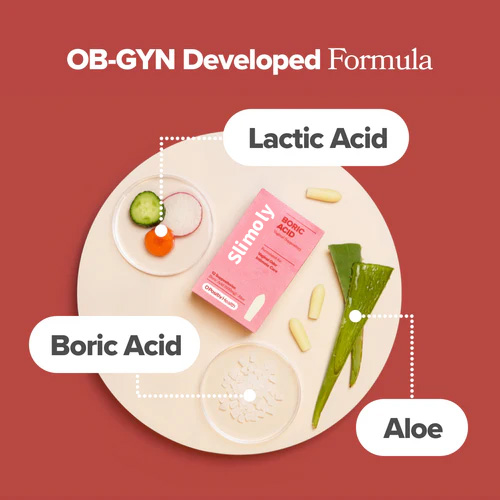Acidity re-set (chemistry)
When vaginal pH rises, odor-causing volatile amines become more noticeable. Re-acidifying helps protonate those amines—so smell fades from the source.
Plain-English takeaway: fix the chemistry, reduce the smell.🌱 Early Spring Sale Ends Today🌱 - Up To 60% OFF🔥
🌱 Early Spring Sale Ends Today🌱 - Up To 60% OFF🔥
🌱 Early Spring Sale Ends Today🌱 - Up To 60% OFF🔥
🌱 Early Spring Sale Ends Today🌱 - Up To 60% OFF🔥
🌱 Early Spring Sale Ends Today🌱 - Up To 60% OFF🔥
🌱 Early Spring Sale Ends Today🌱 - Up To 60% OFF🔥
🌱 Early Spring Sale Ends Today🌱 - Up To 60% OFF🔥
🌱 Early Spring Sale Ends Today🌱 - Up To 60% OFF🔥
🌱 Early Spring Sale Ends Today🌱 - Up To 60% OFF🔥
🌱 Early Spring Sale Ends Today🌱 - Up To 60% OFF🔥
🌱 Early Spring Sale Ends Today🌱 - Up To 60% OFF🔥
🌱 Early Spring Sale Ends Today🌱 - Up To 60% OFF🔥
🌱 Early Spring Sale Ends Today🌱 - Up To 60% OFF🔥
🌱 Early Spring Sale Ends Today🌱 - Up To 60% OFF🔥
🌱 Early Spring Sale Ends Today🌱 - Up To 60% OFF🔥
🌱 Early Spring Sale Ends Today🌱 - Up To 60% OFF🔥
Spend $50 more to get FREE shipping!






Many women notice changes after certain moments. Choosing solutions that work with your body—not against it—starts with pH.

After your period, swimming, or intimacy, an occasional “off” odor or more watery discharge shows up.
Over-cleansing backfires: the more you scrub, the more sensitive it feels—itch, dryness, or irritation.
Worry creeps in—crowded rooms, close conversations—and confidence dips.
It’s not about scrubbing harder—it’s about bringing the environment back to a healthy acidity.
Boric and lactic acid work with your body: re-acidify to reduce odor at the source, and support Lactobacillus in a comfortably acidic range.
When vaginal pH rises, odor-causing volatile amines become more noticeable. Re-acidifying helps protonate those amines—so smell fades from the source.
Plain-English takeaway: fix the chemistry, reduce the smell.Lactic acid supports a Lactobacillus-friendly flora around pH ~3.5–4.5, helping keep the ecosystem balanced and comfortable.
In short: support the “good” flora so they can do their job.Clinicians discuss vaginal boric acid (600 mg) as an option in select recurrent or hard-to-manage patterns—typically alongside standard therapies and under clinician direction.
Use responsibly. For vaginal use only. If symptoms are severe or recurrent, or if you’re pregnant/trying to conceive, talk to a clinician first.
Three simple pillars: bring down elevated pH at the source, support Lactobacillus, and keep the feel gentle with a clean formula.

Widely used strength to help bring down elevated vaginal pH and reduce odor at the source.
Supports a Lactobacillus-friendly flora and a comfortably acidic range (~pH 3.5–4.5).
Gentle feel—fragrance-free, dye-free, paraben-free.

Wash hands. Insert one suppository deep into the vagina, ideally at night.
Use a liner to catch any residue.
Use as needed for short periods; follow your clinician’s advice if symptoms recur.
For vaginal use only. If pregnant or trying to conceive, ask a clinician first.

Recommended by OB-GYNs to support a healthy, comfortable pH.
“In clinical practice, 600 mg vaginal boric acid can be an optional supportive approach for certain recurrent discomfort patterns. When vaginal pH rises with the typical amine odor, combining it with lactic acid helps gently bring the environment back toward pH ~3.5–4.5, reducing odor at the source and improving perceived comfort. The aloe-based vehicle also improves tolerability on sensitive days.”